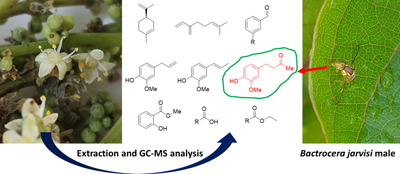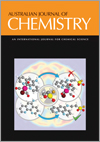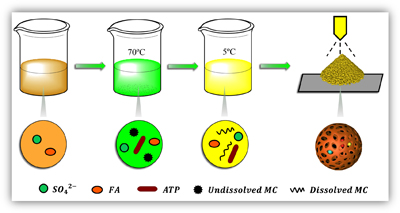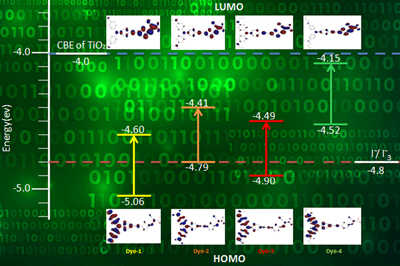Australian Journal of Chemistry
Volume 75
Number 12 2022
Floral constituents of the Australian tar tree, Semecarpus australiensis, have been extracted and analyzed by gas chromatography-mass spectrometry. Among the 67 identified compounds, zingerone was detected in minute quantity, providing the chemical basis for previous observations of fruit fly attraction to the flowers.
Excessive use of chemical products in agricultural production causes water pollution, air pollution, soil acidification and eutrophication of water bodies. Biodegradable methylcellulose microcapsules can be used as carriers to achieve pollution-free and intelligent controlled release of agricultural chemical products. This study tested the use of methylcellulose as a coating material for fulvic acid (FA) and attapulgite (ATP) microcapsules. The methylcellulose coating reduced the loss of FA by nearly 50% during the leaching process. Planting experiments showed that the microcapsules had good biocompatibility and resulted in positive effects on wheat growth.
Using tunable electron donor groups on triphenylamine (TPA) based organic dyes and their positive impacts on the conjugation level of a π-spacer improves the power conversion efficiency of DSSCs from both electronic and photovoltaic viewpoints.
Abbreviated total syntheses of the title alkaloids, the first of which is used in the symptomatic treatment of Alzheimer’s disease, are reported.
A thermal and magnetic dual-responsive superhydrophilicity/underwater superoleophobicity switchable device (Fe3O4@PNIPAM-Cu) was fabricated through a one-step solution dipping method. The separation efficiency of this device to benzene-water mixture can reach up to 99.98% and still maintain an efficiency of more than 99.90% even after 10 separation cycles. The oil–water separation stops above ~34°C.










